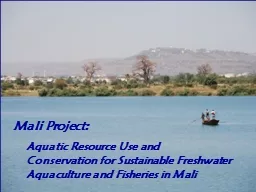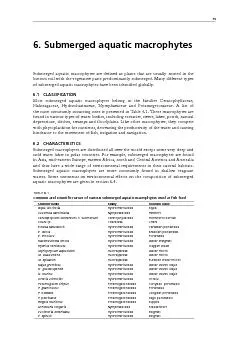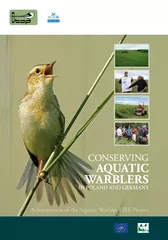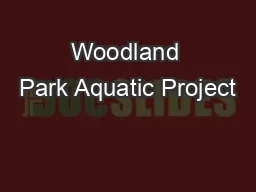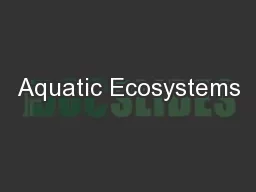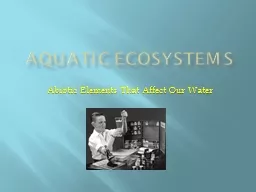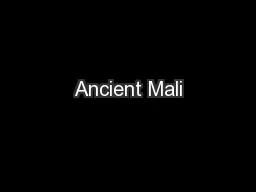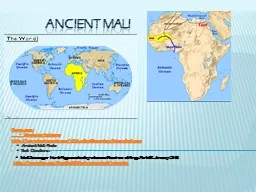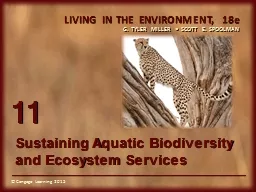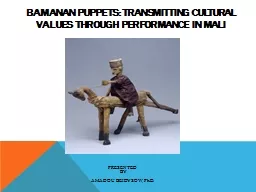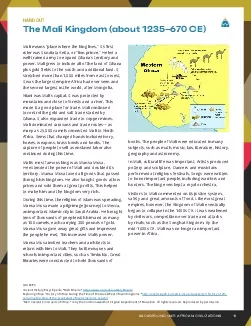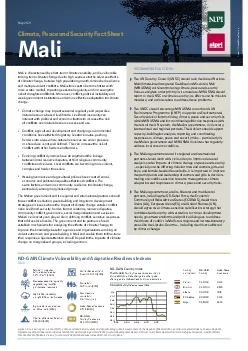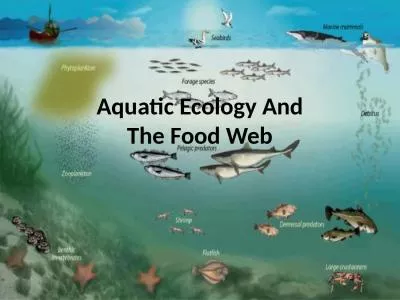PPT-Mali Project: Aquatic Resource Use and
Author : olivia-moreira | Published Date : 2019-02-23
Conservation for Sustainable Freshwater Aquaculture and Fisheries in Mali AquaFish Collaborative Research Support Program Oregon State University Partnering
Presentation Embed Code
Download Presentation
Download Presentation The PPT/PDF document "Mali Project: Aquatic Resource Use an..." is the property of its rightful owner. Permission is granted to download and print the materials on this website for personal, non-commercial use only, and to display it on your personal computer provided you do not modify the materials and that you retain all copyright notices contained in the materials. By downloading content from our website, you accept the terms of this agreement.
Mali Project: Aquatic Resource Use and: Transcript
Download Rules Of Document
"Mali Project: Aquatic Resource Use and"The content belongs to its owner. You may download and print it for personal use, without modification, and keep all copyright notices. By downloading, you agree to these terms.
Related Documents

